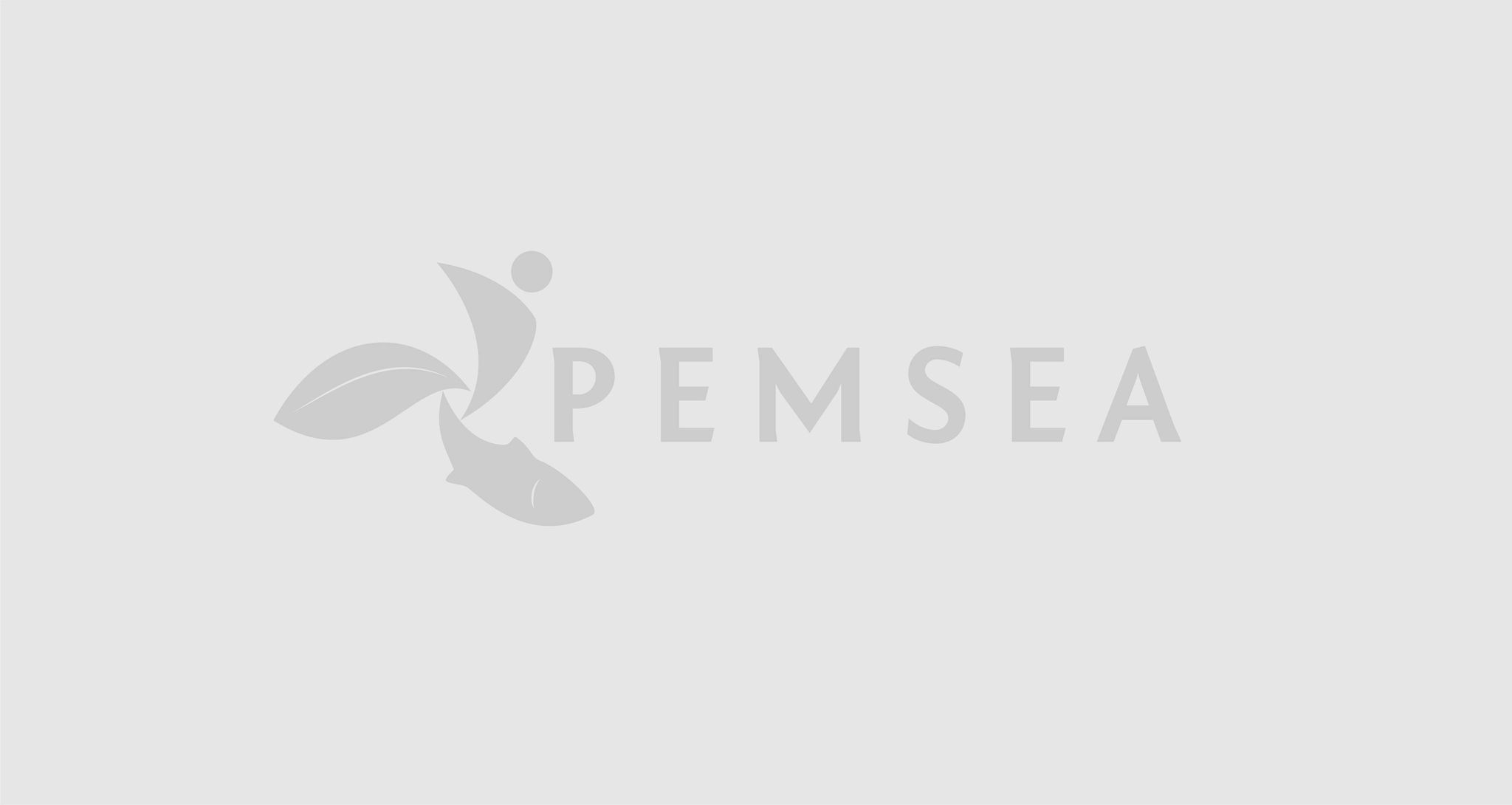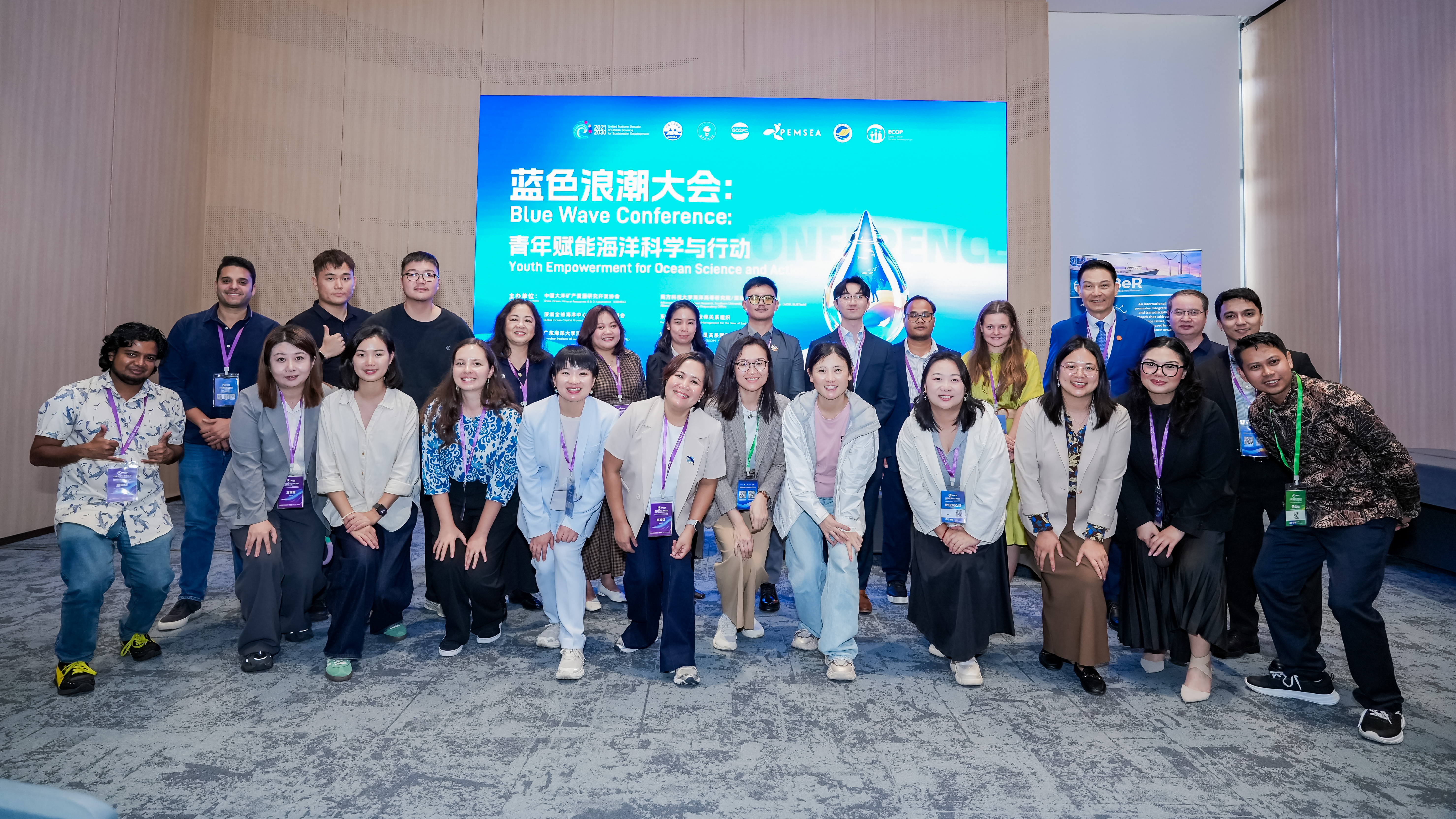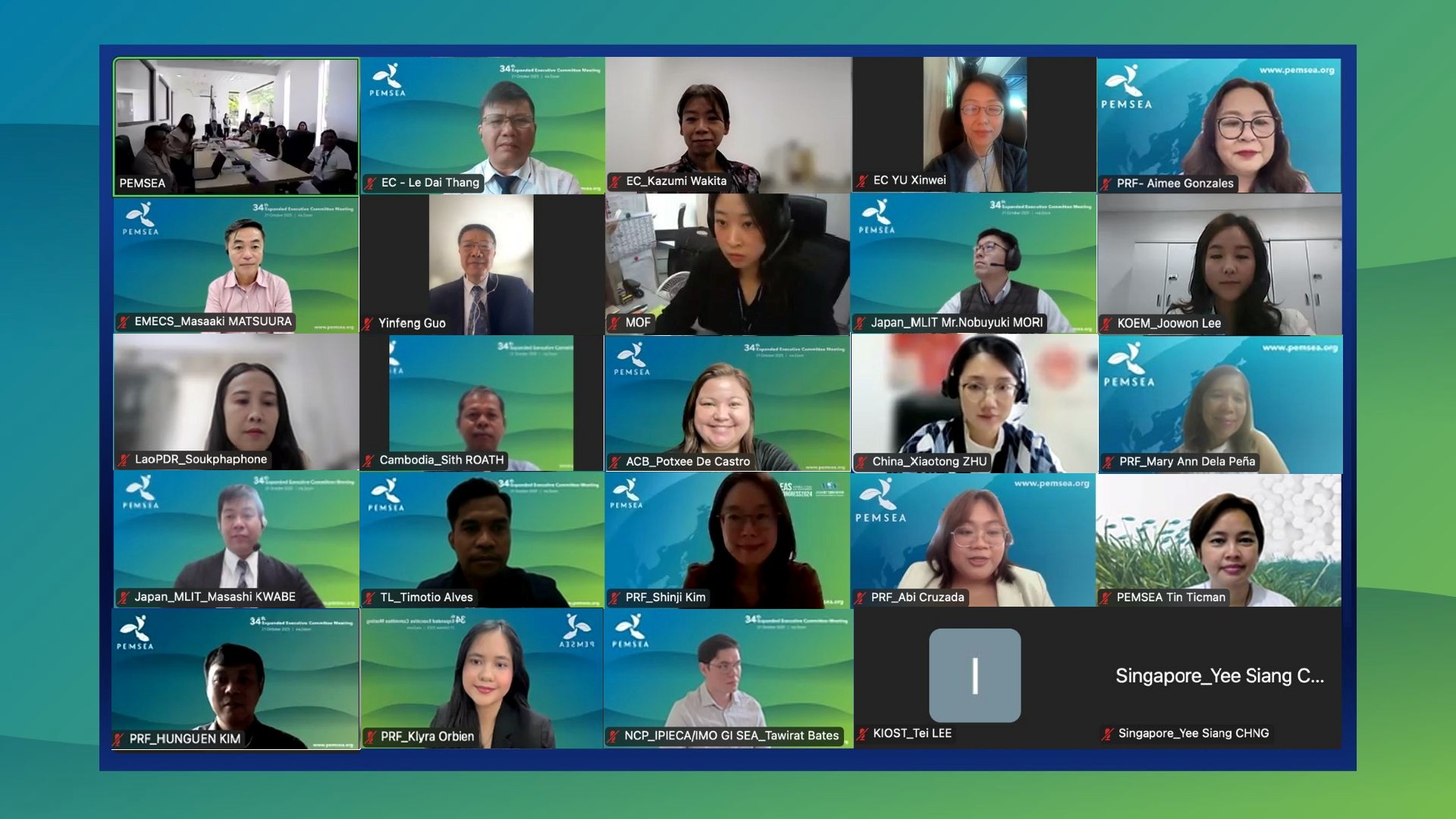SOC Far, SOC Good
Friday, 29 February 2008

Batangas Province, Philippines — "So far, so good," so goes the initial testing of the State of the Coasts (SOC) reporting in Batangas province in the Philippines. Stakeholders regard the SOC as a tool for documenting their progress in meeting their socioeconomic and environmental targets as well as a means to consolidate the various efforts in environmental management in the province.
The SOC represents an integrated and comprehensive approach of reporting the condition of the coastal and marine environment; measures the policy and management interventions of addressing environmental issues; and assesses the progress of local governments in achieving their sustainable development targets. Like a "one-stop shop," the SOC presents the needed information for local managers to effectively manage the resources while sustaining economic development. It serves as a scorecard on "which ones work well and which ones do not" in managing the coastal and marine resources. To this date, there is no systematic way of documenting the progress in the implementation of integrated coastal management (ICM). Hence, the conceptualization and development of the SOC is primarily for local governments to monitor regularly their ICM implementation, and assess the impacts of ICM implementation with respect to the environment and the well-being of stakeholders.SOC incorporates indicators which track the progress of local governments in meeting their targets for the delivery of basic services. In Batangas, their minimum basic needs (MBN) serve as their local strategy to meet the targets of the Millennium Development Goals. Examples of these targets are increased access to safe drinking water and basic sanitation, reduction of the malnutrition rate, and better employment. In 1990, only 55 percent of the households in the province had access to safe drinking water, but this remarkably improved in 2005, with almost 97 percent of the households having access. Similarly, the local government has progressed in providing households access to basic sanitation, with only 52 percent of households having access in 1990 and increasing to 83 percent in 2005. Population increase in the province is evident, consequently resulting to a higher unemployment rate. As captured initially in the SOC, unemployment rate has gone up to 12.26 percent in 2003 from 9.89 percent in 1990.Through the years, industrial development has increased in the Batangas Bay Region (BBR). Efforts to maintain the integrity of the area are not wasted — as apparent with the information captured through the SOC. Since 1998, the concentration of dissolved oxygen in the bay is still above the water quality standard of 5 mg/L which indicates good environmental condition. The region began ICM implementation in the bay area in 1994 and ICM efforts are now being replicated in other bays in the province.Initial results of the Batangas case study were presented during the Project Management Office (PMO) Directors/National Focal Points (NFPs) Workshop held on 12-15 December 2007 in Pasig City, Philippines, and these received positive feedback from the workshop participants. The implementation of the SOC as a regular reporting process in the East Asian Seas Region won the support of various countries in the region (e.g., PR China, DPR Korea, Philippines, Thailand, Timor-Leste and Vietnam), resulting in the incorporation of SOC reporting into their three-year work plans for SDS-SEA implementation.



